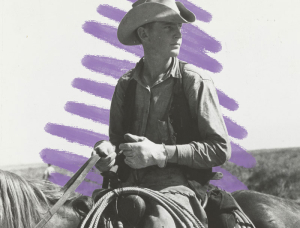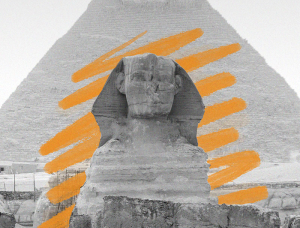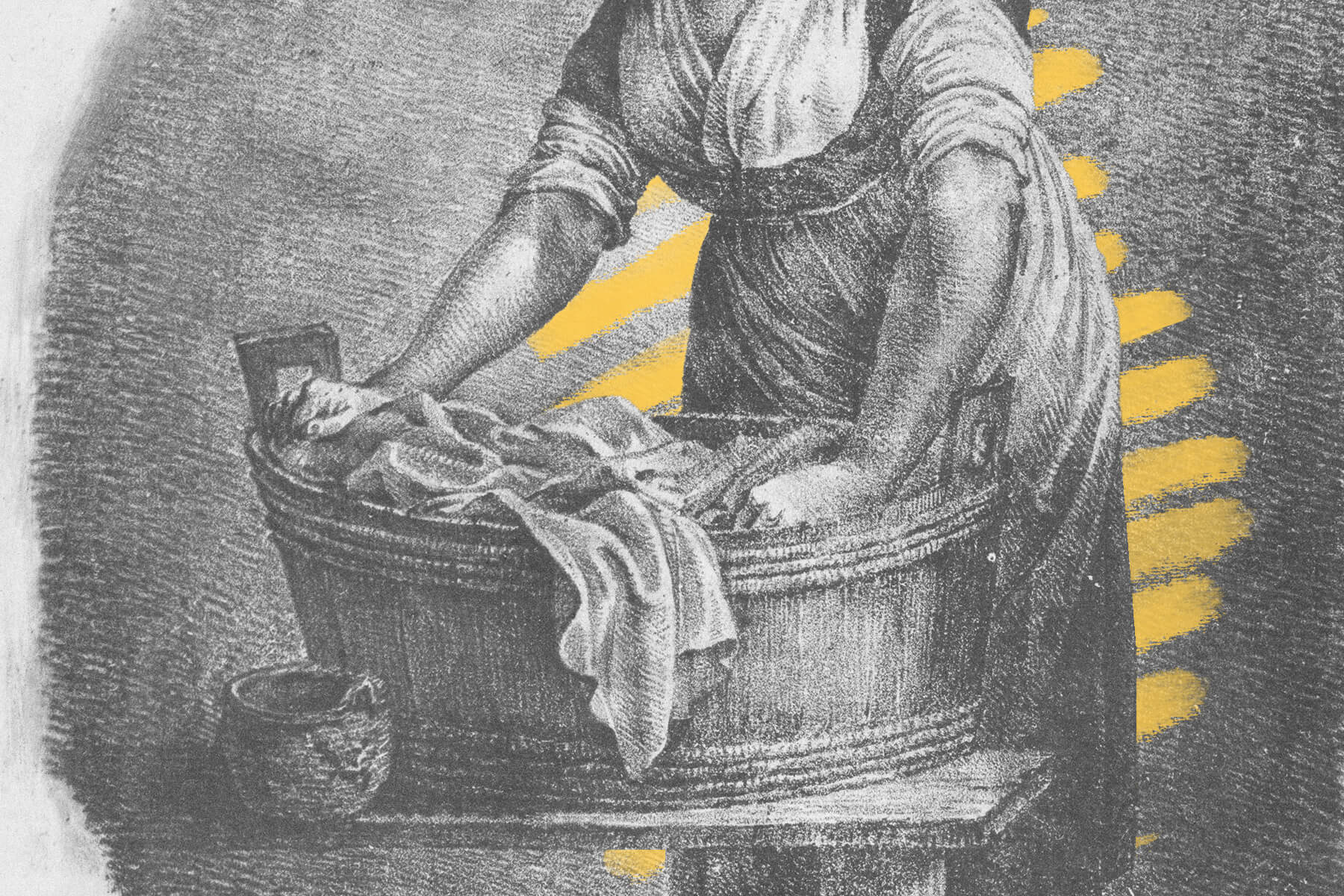People once used animal fat to do laundry.
Most laundry detergent has ingredients you probably haven’t heard of — carboxymethyl cellulose is a common one, ditto linear alkylbenzene sulfonate — but one thing it doesn’t contain is animal fat. That hasn’t always been the case, however, as people have used fat to do laundry since ancient times. Rendered animal fat has long been present in cleaning products, a practice we only moved past fairly recently. The Mesopotamians were the first known group to produce soap, and did so with plant ashes and animal fat.
Other ingredients in proto-detergent solutions included lye and even urine. A set of 14th-century instructions in A Medieval Home Companion explains, “If there is any spot of oil or other grease, this is the remedy: Take urine and heat it until it is warm, and soak the spot in it for two days. Then, without twisting it, squeeze out the part of the dress with the spot. If the spot is not gone … put it in other urine, beat in ox gall, and do as before.” Indeed, laundry was an intensely arduous process in medieval Europe, one that involved literally beating the dirt out of one’s clothes, and it was carried out almost exclusively by women. So next time you find yourself dreading laundry day, take solace in the fact that it’s infinitely easier than it used to be.
You may also like
Recommendations For You
-
01.
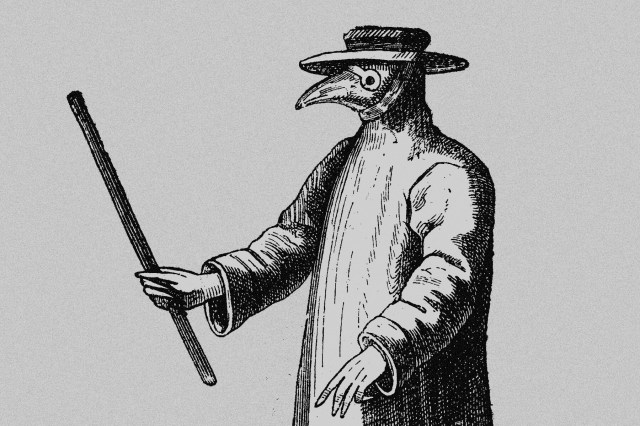 Science & Industry
Science & IndustryWhy Did Doctors Wear Beak Masks During the Bubonic Plague?
-
02.
 Science & Industry
Science & Industry5 Inventions That Came Out of the Great Depression
-
03.
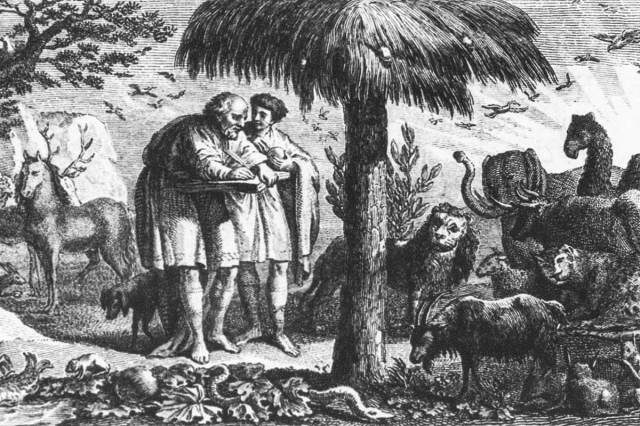 Science & Industry
Science & Industry6 Amazing Breakthroughs Made by the Ancient Greeks
-
04.
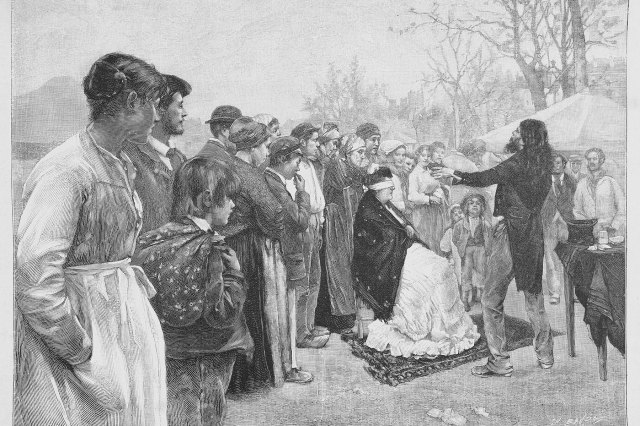 Science & Industry
Science & Industry6 Shocking ‘Scientific’ Beliefs From Victorian England
